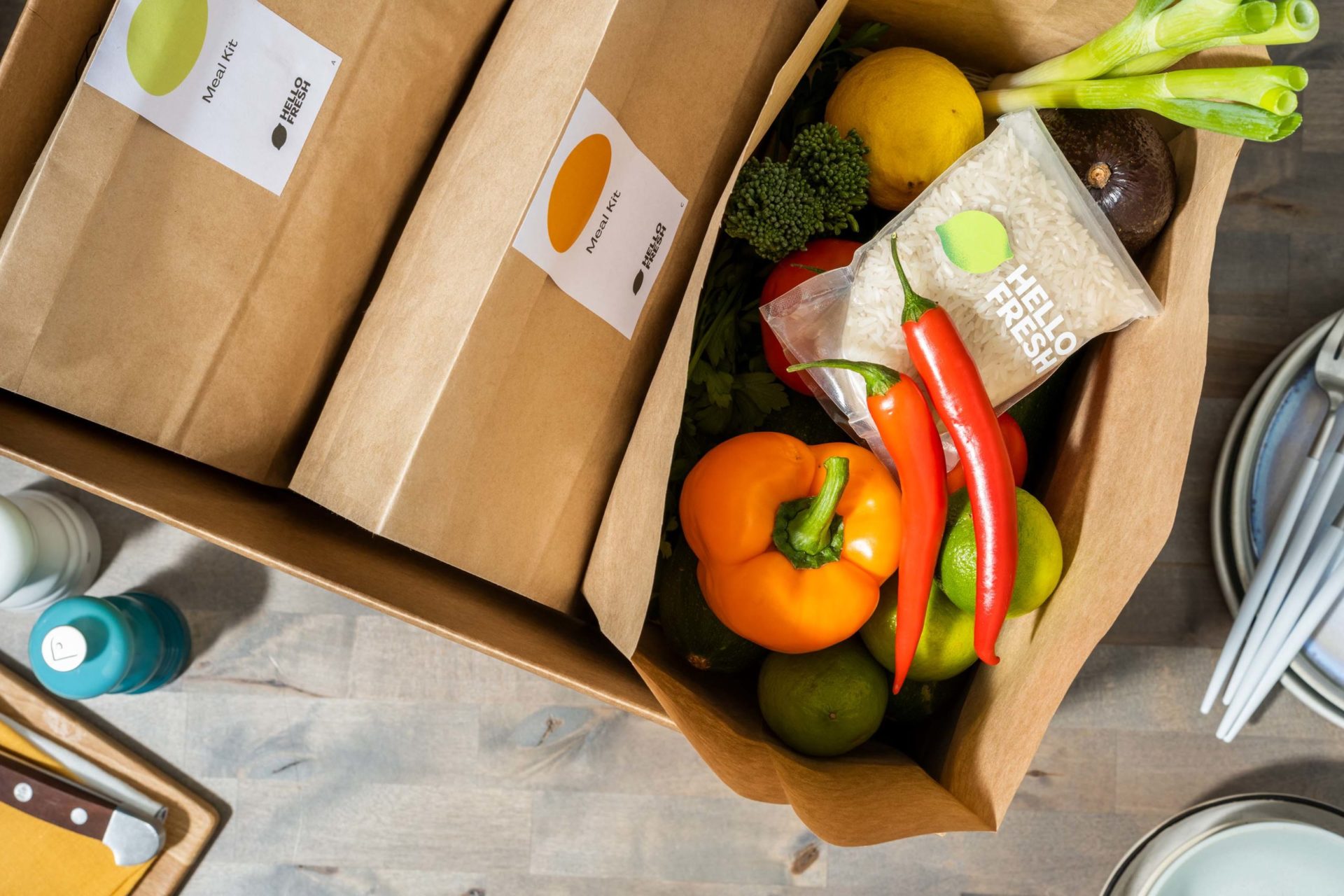The pandemic changed many consumer habits. Few were impacted as much as eating and shopping.
Before COVID shut down restaurants and prompted grocery store raids, apps had already simplified food delivery. Meal kits were becoming a more frequent part of weekly rotations in kitchens across the world and grocery delivery had moved from fringe to, well, less fringe. These were for most a splurge every so often. A way to incorporate a little convenience after a long day at the office. A luxury.
In hardly a moment, these luxuries became necessities a year ago. Fortunately, much of the groundwork had been laid in building the apps and the infrastructure to at least have a starting point. The pairing of food and e-commerce, after all, was more than 25 years in the making since that first online pizza order over dial up in the ‘90s.

The most substantial – and likely lasting – impact of the pandemic was the rapid acceleration of adoption of e-commerce enabled food delivery, whether cooked meals, meal kits or basic ingredients. It forced the maturation of the industry, with consumers demanding safety, simplicity, sustainability, and convenience. The disparate food tech sector at large quickly realized that to successfully scale to meet the massive demand would require a deliberate e-commerce mindset rooted in data and surrounded by sophisticated production and distribution… all while digesting a new outsized role as mission-driven to ensure people had food at the table.
Solving for how to serve record customer volumes during the pandemic was certainly better than the alternative but came with its own pressures. Meeting huge spikes in demand is a good problem to have, but nevertheless a problem. It is also very eye-opening.
Reflecting on the past year, there are several overlooked advances that have reshaped the e-commerce food industry for the long-haul:
Customer data drives food industry success in an e-commerce environment.
Supporting individual tastes and dietary preferences has always been crucial to serving food. Originally there were waiters, then apps enabling customization. Not to mention certain grocery aisles a consumer may consistently frequent or avoid. Translating this into an e-commerce world has required not only choice and personalization – it has also demanded an interface built to anticipate tastes and diets, some of which are constants and others which fluctuate. Amazon’s data analysis, for example, does not need to understand how hungry a customer is or if they avoid meat on Fridays during Lent. But for companies providing food, these details can be critical.

As ordering food online has proliferated, personalization has become an important and expected part of the customer experience. Consumers are looking for easy ways to replicate orders, find suitable suggestions, and block out what they want to avoid. This requires a combination questions and analysis to understand patterns and preferences, while still having an easily navigable online store in case a customer needs different options.
- Lesson: data trumps all else in building a successful online food business
Technology-driven segmentation is the key to growth.
As the industry matures, it is critical to recognize there are many different consumers, and that segmentation is the key to unlocking the multiple parallel total addressable markets. For example, at HelloFresh we have expanded our total addressable market by more than 60 percent over the past five years.
As a group, we have our namesake mainstream brand HelloFresh, but we also serve varying groups of customers with differentiated offerings including premium, value, and specialty. We also offer heat & eat meals through a fourth brand. Customers are good at self-identifying the product that suits their lifestyle.
This segmentation allows us to capture 60 percent of households, with surprisingly little overlap between these groups. Even during the pandemic, growth largely remained within segments, so we know we have distinct groups of customers that require different interaction and different products, even if the underlying platform is the same. Having a multi-brand strategy supports the choices that build a stronger product affinity.
- Lesson: in an e-commerce environment a company can operate multiple unique brands on one underlying platform to expand its total addressable market
Consumers have been conditioned to equate e-commerce with fast delivery.
As the e-commerce leader, Amazon has set expectations of fast, free delivery. In the food sector, this was a significant shift. While restaurant delivery operated quickly in a local sense, other categories had to break away from scheduled deliveries to faster turnarounds.
In the meal kit category, for example, we have leveraged technology to update business practices to reduce the time between order and delivery, eliminating much of the long-term planning. The data showed that reducing the order to delivery timeframe led to infrequent customers ordering more often. We also found that shortening those times unlocked new customer segments.
Today, a brand offering a deliver-to-your-door service is not seen as a disruptor. That has become table stakes. Once Amazon threw down the gauntlet with two-hour delivery, new startups began promising speedier delivery of their services. To win in the e-commerce sector – especially in the food delivery space – companies must be prepared to meet and exceed these deeply entrenched consumer expectations. If you do not, someone else will.
- Lesson: e-commerce expectations for speed apply to all categories including food
—-
Dominik Richter is the CEO and co-founder at HelloFresh.
















